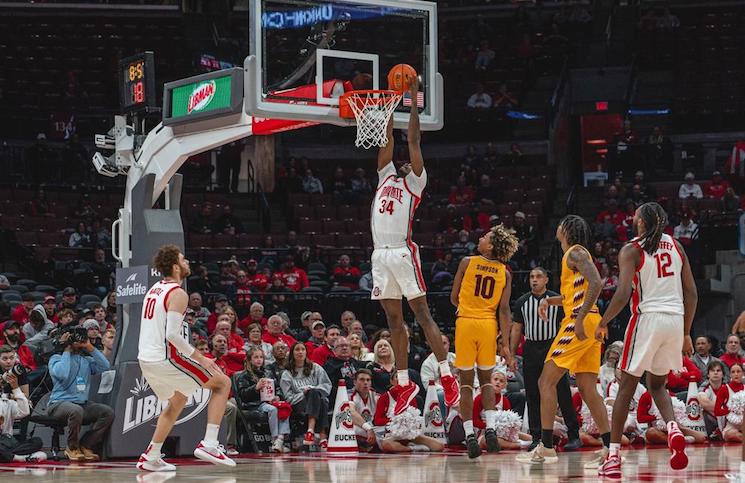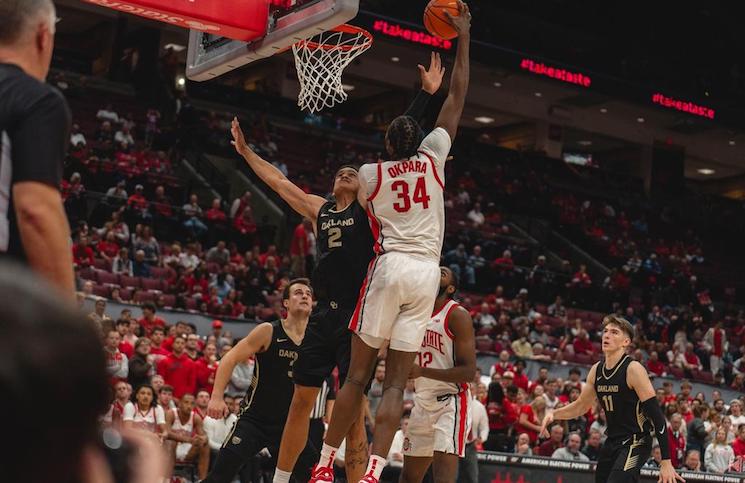
If you watched any part of Tennessee’s 2018 season, you know that the Vols’ offensive line was bad. Like, really bad. Like so bad that you often wondered if UT’s starting offensive line would even be able to be average at the FCS level at times.
That was just the eye test, though. Sometimes our eyes can lie to us, and sometimes the numbers can tell a different story.
But in Tennessee’s case, both your eyes and the stats are telling the same tale.
The Vols’ 2018 offensive line, statistically, was probably the worst offensive line in college football this season. But just how bad were they? Let’s take a deep dive into some truly horrific numbers.
Football Outsiders tracks a lot of advanced stats throughout the college football season, and their offensive line stats are pretty in-depth and interesting. They track not only how well an offensive line does at protecting a quarterback, but they can also track how effective an offensive line is at opening holes for running backs.
To put it simply, Tennessee’s offensive line was probably the worst run blocking offensive line in the FBS this past season. And it’s probably not even close.
There are 130 FBS teams in college football right now. Tennessee ranked dead last in “stuff rate” in the FBS, and they were in the 120s in six of the other eight categories Football Outsiders tracked throughout the season. The “stuff rate” measures the percentage of carries by running backs that are stopped at or before the line of scrimmage.
This season, Tennessee’s running backs were stopped at or behind the line of scrimmage 32.6 percent of the time. The next-closest percentage was SMU, and they had a stuff rate of 26.6 percent.
That means the Vols’ offense saw their running plays get thrown for a loss or no gain essentially one-third of the time this season. And the next-closest team still had UT’s rate beat by six whole percentage points.
Football Outsiders has been tracking these advanced stats since 2014, and only once has a team in that five-season span had a worse stuff rate than Tennessee did in 2018. Wake Forest had a 36.8 percent stuff rate in 2014, the first year Football Outsiders began accumulating this data. That means the 2018 Vols had the second-worst stuff rate of any team in college football over the last five years.
But the madness doesn’t stop there.
Tennessee ranked 127th in both “line yards per carry” and “standard downs line yards per carry.” The first term measures how much an offensive line is actually credited for helping a rushing attack and how much is on a running back’s ability to create plays. The offensive line gets full credit for runs between 0-3 yards, 50 percent credit for yards 4-8, and no credit for any run that goes over eight yards. Lost yardage counts 125 percent towards the offensive line.
When you factor all that in, the Vols’ offensive line ended up with just 1.97 line yards per carry. Only Akron, San Jose State, and Florida State had worse line yards per carry in 2018.
The second term is the “raw, unadjusted per-carry line yardage for a team on standard downs.” Standard downs, as defined by Football Outsiders, are first down, second-and-7 or shorter, third-and-4 or shorter, and fourth-and-4 or shorter. Tennessee’s standard downs line yards per carry average was the exact same as their line yards per carry: 1.97 yards per attempt.
The Vols were just as bad when they decided to run the ball on standard passing downs too. On downs of second-and-8 or longer, third-and-5 or longer, and fourth-and-5 and longer, UT averaged just 1.95 line yards per carry. That ranked 121st in the country.
If you watched Tennessee’s offense this season, you’ll have noticed that all of these stats rang true pretty much every game. What you’ll also have noticed is that when the Vols needed to pick up a crucial third-and-short, they rarely converted. And the numbers back that up as well.
Tennessee ranked 124th in “power success rate” this season. That percentage measures how successful a team is at getting either a first down or touchdown when they run the ball on third or fourth down with two yards or less to go. This year, the Vols were able to get a first down or touchdown in that scenario only 56.3 percent of the time.
Kansas State (50 percent) was the only Power Five team with a worse power success rate than the Vols in 2018.
All in all, Tennessee’s offensive line was statistically one of the worst in college football, and they were statistically the worst among Power Five teams. Even Florida State’s beleaguered offensive line performed slightly better overall than Tennessee’s did in 2018. The Vols were one of only five teams to rank in the 100s in eight of the nine categories Football Outsider tracked. The other four teams were Eastern Michigan, San Jose State, UTEP, and UT-San Antonio.
The only category in which UT’s offensive line didn’t rank in the 100s was their passing down sack rate. The Vols ranked 57th among 130 teams in that category. But in the adjusted sack rate categories (sack rate with garbage time pass attempts removed and sack rate on standard passing downs), Tennessee placed in the bottom 30 of the FBS.
You don’t need the numbers to tell you that Tennessee’s offensive line was truly terrible in 2018. But they do justify what your eyes saw, and what your eyes witnessed was arguably the worst offensive line in Tennessee football history.
There’s a reason why Tennessee’s coaches made recruiting offensive linemen such a priority in the 2019 signing class. For the sake of the Vols’ offense, that unit needs to show major improvement next season and in the future. Otherwise, it won’t matter who Jeremy Pruitt hires as his offensive coordinator; they’ll be handicapped by the offensive line’s woes just like the 2018 offense was.



